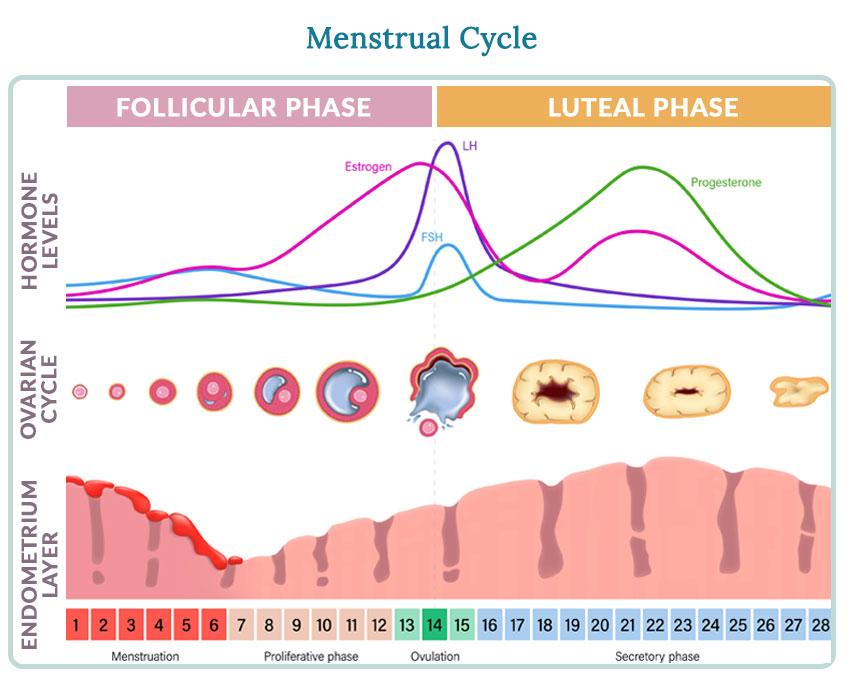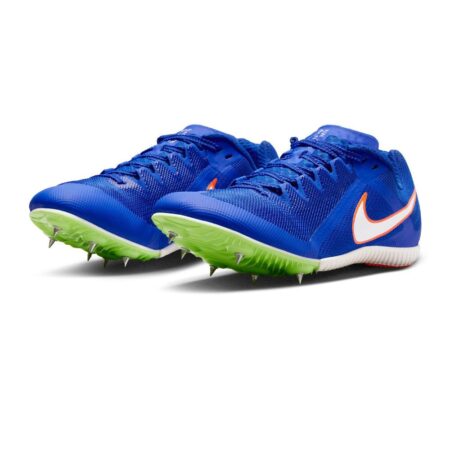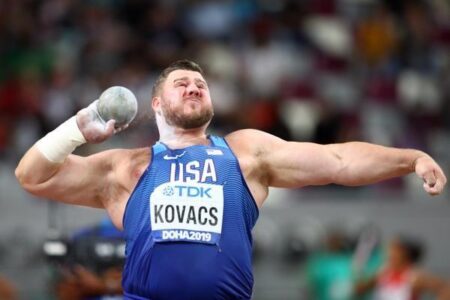A groundbreaking new study sheds fresh light on the complex relationship between the menstrual cycle and athletic performance, offering valuable insights for female trail runners and coaches alike. Published this month, the research examines how hormonal fluctuations throughout the cycle can influence endurance, strength, and recovery, challenging long-held assumptions in sports science. As more athletes seek tailored training strategies, these findings could pave the way for more personalized approaches to optimizing performance on the trail. Trail Runner Magazine explores the implications of this study and what it means for women pushing their limits in the great outdoors.
Menstrual Cycle Phases Linked to Variations in Endurance and Strength
Recent research highlights that fluctuations in hormone levels throughout the menstrual cycle significantly influence an athlete’s endurance and strength capacities. During the follicular phase, rising estrogen levels are linked to improved aerobic capacity and enhanced muscle recovery, making it an optimal period for endurance training. Conversely, the luteal phase-characterized by elevated progesterone-may lead to increased fatigue and reduced muscular power. This hormonal interplay suggests that tailoring workout intensity to specific phases could maximize athletic performance.
Coaches and athletes are now considering cycle-aware training regimens incorporating phase-specific goals, such as:
- High-intensity interval training during the mid- to late-follicular phase to capitalize on peak strength and endurance.
- Active recovery and technique refinement in the luteal phase when strength dips may occur.
- Strategic rest days aligned with hormonal fluctuations to prevent overtraining and injury.
| Cycle Phase | Dominant Hormone | Performance Impact |
|---|---|---|
| Follicular | Estrogen | Increased endurance & recovery |
| Ovulation | Peak Estrogen & LH | Enhanced strength potential |
| Luteal | Progesterone | Reduced strength, increased fatigue |
Hormonal Fluctuations Impact Recovery Times and Injury Risk
Emerging research highlights the significant role that hormonal changes throughout the menstrual cycle play in how female athletes recover and respond to training stimuli. Fluctuations in estrogen and progesterone levels directly influence muscle repair processes, inflammation, and even joint stability. For instance, the luteal phase, marked by elevated progesterone, may slow down recovery times due to increased inflammatory responses, while the follicular phase might promote quicker healing and reduced soreness. Understanding these nuances allows athletes and coaches to tailor training loads, aligning tougher sessions with phases when the body is more resilient.
Moreover, injury susceptibility is not uniform across the cycle. Studies indicate that higher estrogen levels, typically experienced pre-ovulation, can lead to increased ligament laxity and decreased neuromuscular control. This raises the risk of injuries such as ACL tears, particularly in trail running where terrain variability adds complexity. Coaches and runners can benefit from monitoring cycle phases, employing strategies like:
- Adjusting intensity: Scheduling lower-impact workouts during high-risk phases
- Enhanced recovery: Prioritizing rest and therapeutic interventions post-ovulation
- Targeted strength training: Focusing on stabilizing muscles around vulnerable joints
| Cycle Phase | Hormone Dominance | Recovery Efficiency | Injury Risk |
|---|---|---|---|
| Follicular | Estrogen (rising) | High | Moderate |
| Ovulation | Peak Estrogen | Moderate | High |
| Luteal | Progesterone (high) | Low | Moderate |
| Menstruation | Low Hormones | Variable | Low |
Tailored Training Strategies Recommended for Optimizing Performance
Emerging evidence underscores the importance of customizing training regimens to align with an athlete’s menstrual cycle, rather than adopting a one-size-fits-all approach. By syncing workouts with hormonal fluctuations, female trail runners can enhance endurance, strength, and recovery. Coaches are now encouraged to integrate flexible programming that considers phases such as the follicular, ovulatory, and luteal, each offering unique physiological advantages and challenges.
Key recommendations include adjusting intensity and volume according to hormonal shifts, which can affect energy metabolism, injury risk, and mood. For instance, during the follicular phase, when estrogen levels rise, athletes may benefit from higher-intensity sessions. Conversely, the luteal phase calls for more focus on recovery and technique due to increased fatigue and inflammation. A simplified breakdown is outlined below:
| Menstrual Phase | Training Focus | Suggested Workouts |
|---|---|---|
| Follicular | High energy & strength building | Interval training, hill repeats |
| Ovulatory | Peak power output | Sprints, explosive drills |
| Luteal | Recovery & injury prevention | Light runs, yoga, mobility exercises |
- Listen to the body: Adjust workouts based on fatigue levels and soreness.
- Nutritional support: Tailor calorie intake and hydration to hormonal needs.
- Monitor symptoms: Track mood, sleep quality, and pain to fine-tune training.
Closing Remarks
As research into the intricate relationship between the menstrual cycle and athletic performance continues to evolve, this new study offers valuable insights that could reshape training approaches for female athletes. While further investigation is needed to fully understand individual variability, the findings underscore the importance of personalized strategies in optimizing performance and well-being. Trail runners and coaches alike will be watching closely as science sheds more light on this critical aspect of athletic health.





